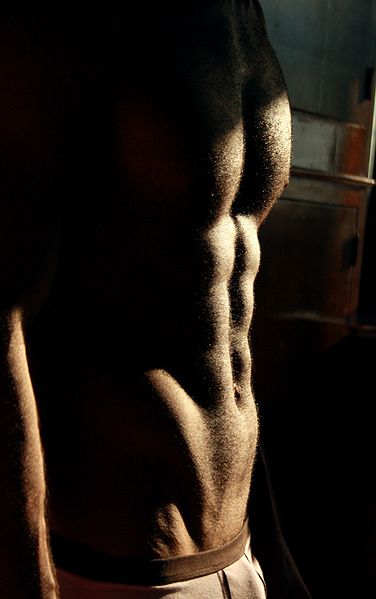Can Wing Chun Build Muscle?
By Maurice Novoa a master under the Yuen Kay Shan, Ip Man and Pan Nam lineages.
Introduction:
Wing Chun, known for its practicality and close-quarters combat focus, raises questions about its potential for muscle building. This article has explored the relationship between Wing Chun and muscle development, considering the physical demands, muscle groups engaged, and factors influencing muscle growth. By understanding these aspects, we can determine whether Wing Chun can effectively build muscle.
The Physical Demands of Wing Chun:
Wing Chun training involves a combination of dynamic movements, striking techniques, and defensive maneuvers. These actions require a significant amount of physical effort, which can contribute to muscle development. The repetitive practice of techniques, such as punches, strikes, kicks, and footwork, engages various muscle groups and promotes muscular endurance.
Muscle Groups Engaged:
- Core Muscles: Wing Chun emphasizes the development of a strong and stable core. The constant rotation and twisting motions in Wing Chun techniques, along with the focus on maintaining balance and centerline control, engage the abdominal, oblique, and lower back muscles. Strengthening these core muscles improves stability, power generation, and overall body control.
- Upper Body Muscles: Wing Chun techniques involve rapid and precise arm movements, including punches, blocks, and strikes. These actions target the muscles of the arms, including the biceps, triceps, forearms, and shoulders. The repetitive nature of these movements during training sessions can contribute to muscle growth and strength in the upper body.
- Lower Body Muscles: Wing Chun also incorporates lower body movements, such as footwork, kicks, and knee strikes. These actions engage the muscles of the legs, including the quadriceps, hamstrings, calves, and glutes. The combination of footwork drills and kicking techniques in Wing Chun training can help develop leg strength and muscular endurance.
Factors Contributing to Muscle Growth:
- Progressive Resistance: Like any form of strength training, progressive resistance is crucial for muscle growth. Wing Chun training can provide progressive resistance by gradually increasing the intensity and resistance of the techniques. This can be achieved through partner drills, focus mitt training, and the use of training equipment like the wooden dummy or heavy bag.
- Time Under Tension: The concept of time under tension refers to the duration of muscle contraction during training. In Wing Chun, practitioners often focus on executing techniques with control, precision, and sustained tension. This extended time under tension can contribute to muscle fiber recruitment and stimulation, promoting muscle growth and strength.
- Training Frequency and Consistency: Consistency is key when it comes to building muscle. Regular practice and training sessions are essential for muscle development. By following a consistent training schedule and dedicating sufficient time to Wing Chun practice, individuals can maximize the potential for muscle growth.
Conclusion:
This Kung Fu style can build muscle and improve overall strength. Its dynamic movements engage various muscle groups, promoting development in areas like core stability and upper and lower body strength. However, Wing Chun alone may not be enough for significant muscle gains. Additional exercises and training modalities may be necessary for specific muscle targeting and hypertrophy.
While Wing Chun offers benefits beyond muscle building, such as coordination, agility, and mental focus, it’s important to supplement training with appropriate strength and conditioning exercises. Resistance training, like weightlifting or bodyweight exercises, can stimulate muscle growth.
Consulting with a qualified instructor or fitness professional is advisable to tailor your training program and ensure proper technique, progression, and training protocols aligned with your goals.
To build muscle through any martial art, consistency, progressive overload, and a balanced approach to training are key. Dedication, discipline, and patience are essential on this transformative journey that offers personal growth and self-confidence.
In summary, while this training can contribute to muscle development, it should be complemented with targeted resistance exercises and a comprehensive strength and conditioning program for significant gains. Embrace the holistic benefits of this style, enjoy the journey, and witness the physical and mental transformations that accompany it.

